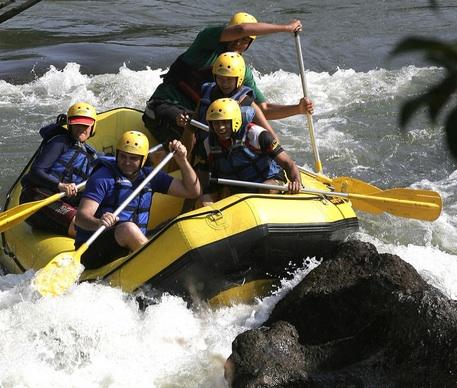How Fit is Your Business? Part 1: Strength

Keeping Your Business “Fit” Will Keep Your Moves Agile!
As you regroup and refocus on goals for the coming year, I will use fitness as both a metaphor and framework to help inspire some fresh thinking and approaches.

Illustrated by the “How Fit is Your Business?” graphic to the right, each of the next several posts will explore a new dimension of fitness: Strength, Flexibility, Balance, Speed and Mobility and Endurance.
Remember these are all necessary components of physical fitness and as you work toward your personal goals, consider giving your organizational fitness the same attention. Let’s start with Strength!
Strength: Do you know your strengths and consistently build on and leverage them?
As with personal fitness, organizational fitness begins with strength. The core muscles of a fit organization are:
- Vision, Mission, Values

Strength is just one of the five indicators that describe athletic, as well as workplace success. Click here for all five.
- Core Competencies
- Relevance
Just like the muscles in our body, our organizational strengths run throughout our entire system. Hence, strength doesn’t come to us just by purchasing a gym membership (if only it were so!), it comes from building a routine and continuous practice.
Strength alone, of course, does not amount to fitness; it must be developed along with the other aspects. If you have ever seen someone who only spends their time in the weight lifting section of the gym, you know what I mean. This is where the term muscle-bound comes from.
Focusing only on strength can literally bind your joints and inhibit your full range of motion. Strength and flexibility enhance each other. Stretching the muscles actually allows for access to the power of the whole length of the muscle fiber. Shorter muscles, would mean less strength and a smaller range of motion. Simply focusing on flexibility without strength can lead to a total lack of stability.
Translate this to the capacity of individual leaders, teams and even entire organizations and the same is true: Only focusing on one or two core competencies (e.g. efficiency) without learning continuously to stay relevant to the changing needs and opportunities in the market limits your ultimate competitive strength.
Consequently, being overly responsive without attention to your core strengths can quickly lead to organizational instability.
If you have not already identified your strengths and core competencies, NOW is the perfect time.
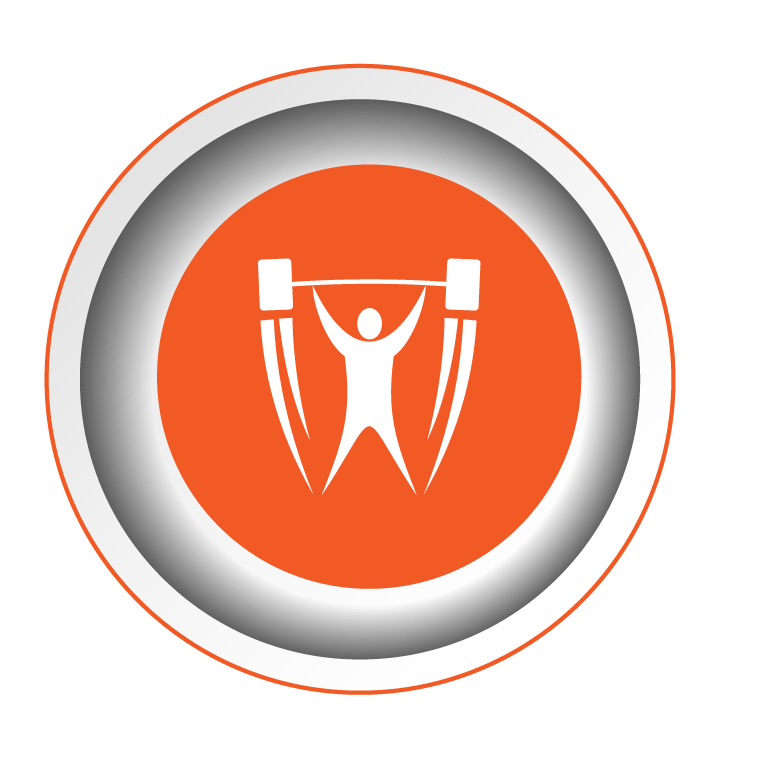
The activity outlined below can be an individual reflection, or a more comprehensive growth opportunity for your team or entire organization. Start with an appreciative reflection on this past year and ask:
- When was I or were we at our best? (When were we best engaging our talent and having the biggest impact?)
- What was happening?
- What were we doing, thinking and feeling?
- How did we work together or tap our resources for the greatest impact?
- What contributed the most to our success?
Next, give yourself time to reflect on your answers and, if you are doing this as a team or organization, provide a chance for team members to interview their colleagues and compile their responses into themes.
Finally, with your strengths in hand, generate ideas for how you can be more intentional in developing and building on these strengths in the new year.
For example, if one of your strengths is cross-departmental collaboration and communication or working with strategic partners, how might you improve on this in 2018?


 indulgent time of year.
indulgent time of year.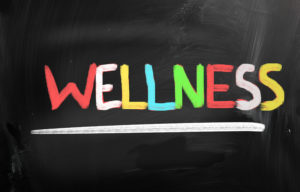 need to do is think of a time when you let your own health and well-being practices slip. Perhaps you were in a stressful period of work, or recent travels disrupted your exercise routine and healthy eating habits.
need to do is think of a time when you let your own health and well-being practices slip. Perhaps you were in a stressful period of work, or recent travels disrupted your exercise routine and healthy eating habits. 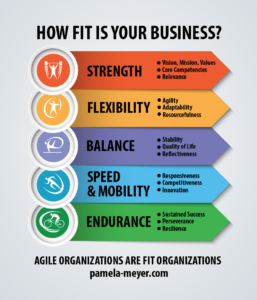



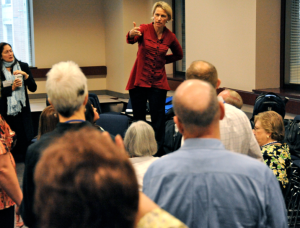 The good news is that for those that develop this sense of urgency, the success rate may be as high as 75% (Kotter, 2006). As you look ahead to all you want to create and accomplish in the new year, take time to engage your colleagues’ hearts and minds in the urgent need to develop organization-wide competence, capacity and confidence to execute your strategy with agility.
The good news is that for those that develop this sense of urgency, the success rate may be as high as 75% (Kotter, 2006). As you look ahead to all you want to create and accomplish in the new year, take time to engage your colleagues’ hearts and minds in the urgent need to develop organization-wide competence, capacity and confidence to execute your strategy with agility.
 green and red distractions on every corner?
green and red distractions on every corner? 
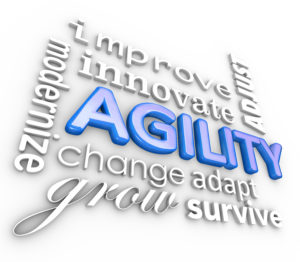

 Give a Stretch Experience
Give a Stretch Experience
 Give The Agility Shift to Your Team
Give The Agility Shift to Your Team

